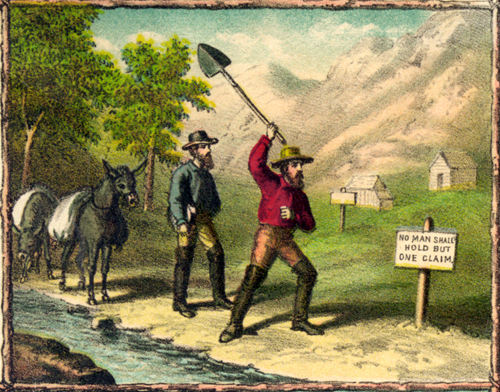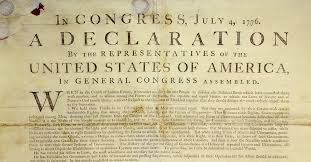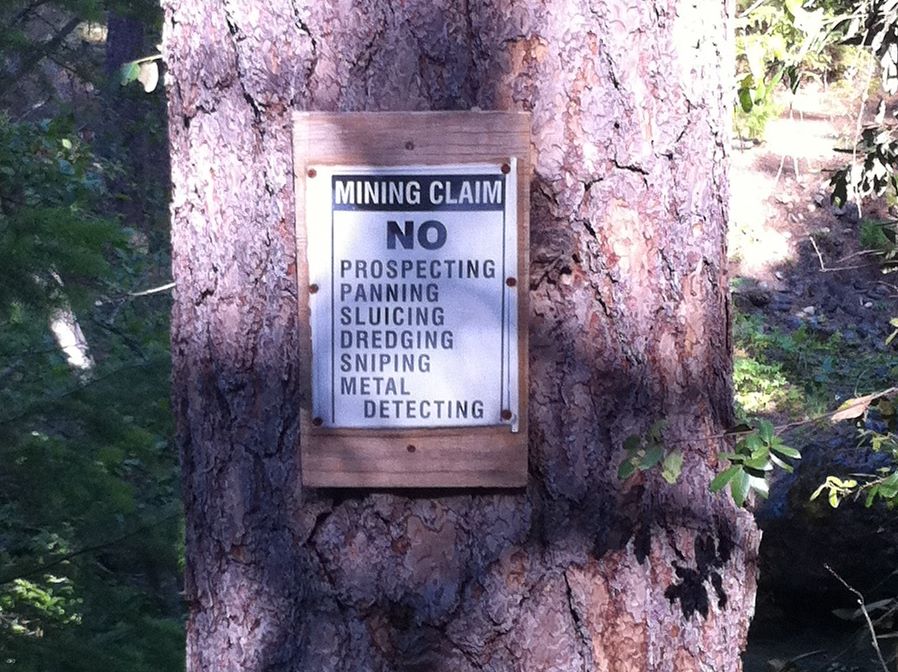Why Proof in Branding?
 When I explain my brand strategy framework I boil it down to claim and proof. One brand claim, supported by three proof planks. Claim has many synonyms in the marketing and ad world. People use words like “promise,” “key thought,” “position” and scads more. I use claim because it fits nicely with proof. The best branding – and advertising, for that matter – makes a claim of product superiority or differentiation then pooves it. Claim and proof fit like a glove.
When I explain my brand strategy framework I boil it down to claim and proof. One brand claim, supported by three proof planks. Claim has many synonyms in the marketing and ad world. People use words like “promise,” “key thought,” “position” and scads more. I use claim because it fits nicely with proof. The best branding – and advertising, for that matter – makes a claim of product superiority or differentiation then pooves it. Claim and proof fit like a glove.
After researching brands during the so-called discovery process, and when ready to actually developing a brand strategy, I am looking for real, tangible evidence of superiority and differentiation. Not marko-babble. Not copywritten superlatives. Real actions, outcomes and existential proof. For instance, I don’t look for the word fresh, I look for the words locally grown. I’m not interested in quality furniture, I’m interested in hand-made by second-generation craftsman.
To be frank, claims are a dime a dozen. They are a drop in a tsunami of claims made every day in the advertising world. Claims are just words, just copy. Without the proof that connects them to the consumers’ brain there’s no resonance. Proof makes a claim make sense.
Brand strategy needs to be steeped in proof. Ad agencies are responsible for bringing proof to life. Bad advertising brings the claim to life.
Peace.








